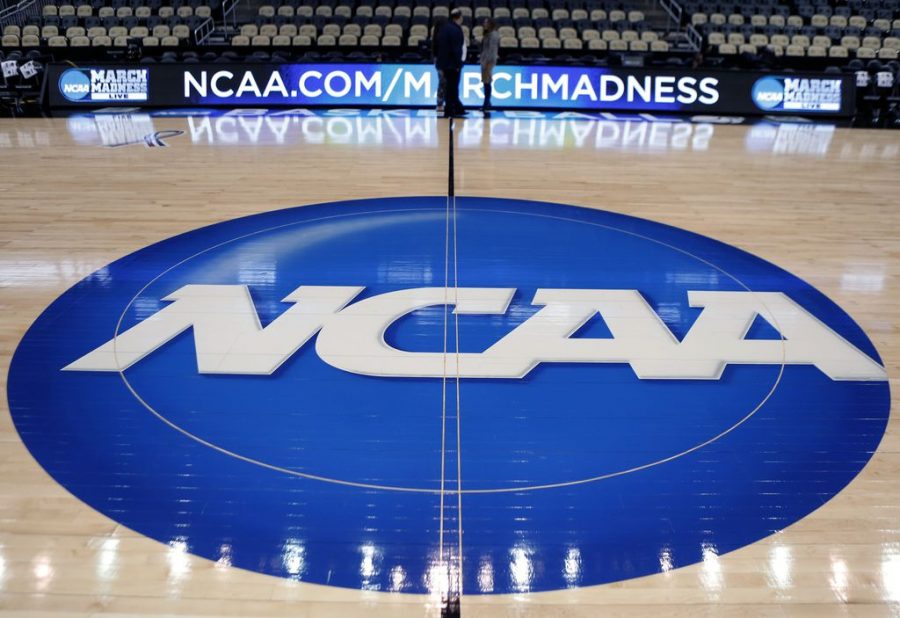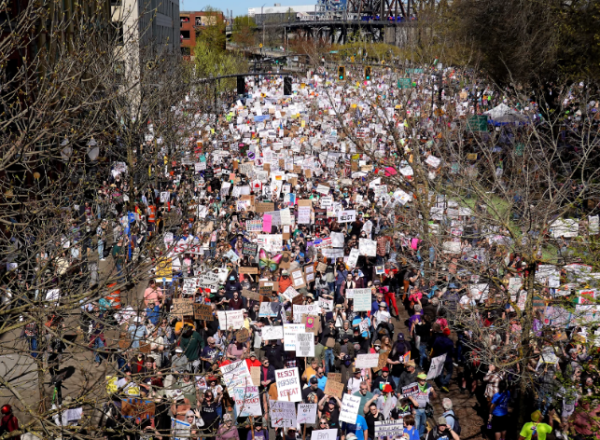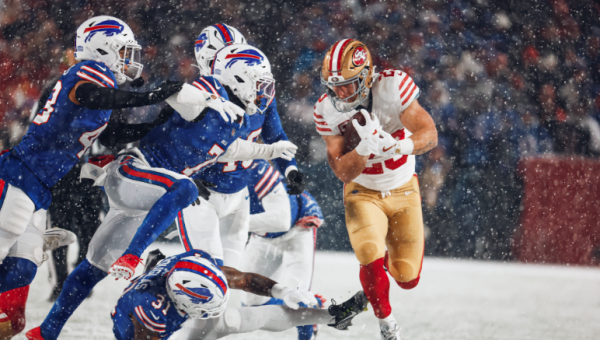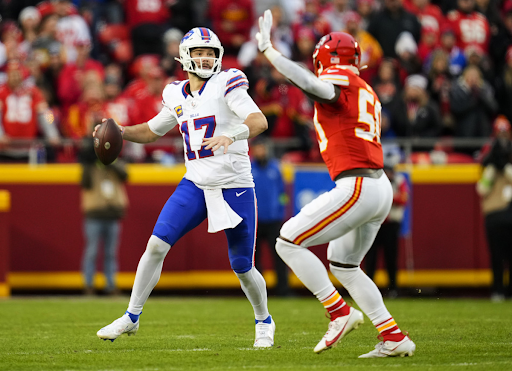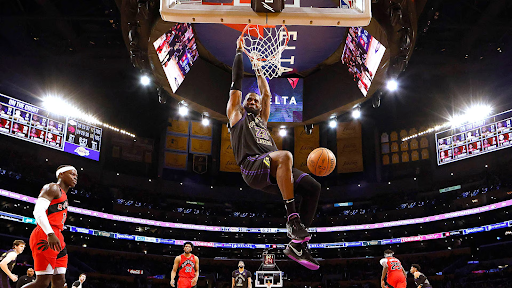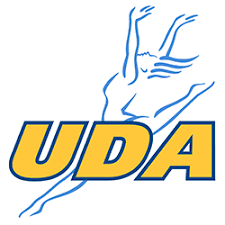NIL in College Sports’ Early Impact
“Appeasement has been served in the states that have passed these bills. The next question becomes whether or not this is a bandage for a small wound or a long term repair of the corrupt system of college athletics.”
On July 1, 2021, a historic bill was passed for collegiate athletes. The ability for them to market and benefit from their status was granted. NIL (Name, Image, and Likeness) allows for college athletes to monetarily benefit and reap the rewards of being a college athlete. When Florida passed the bill in 2020, it made waves for being groundbreaking. Considering how many college athletes reside in Florida and compete in Florida, it makes sense for it to be one of the pilots for the new rules. Shortly after, California passed a similar bill. In the time since, there have been six states who have passed a law, two with an executive order, and 13 states with legislation coming into effect at a later date.
Maybe this was long overdue. Countless athletes have been crucified for taking “illegal” benefits from coaches, boosters, and major brands. The athletes have been clamoring to be paid at least some sort of stipend from their respective universities. The loudest arguments were made in the two major college sports: football and basketball. These two bring in the most money to the universities due to the television and ticket revenue. The other sports, while all serving a purpose financially to the athletic departments, are nowhere near the level of value as football and basketball.
Going back to the last “normal” fiscal year for athletic departments (2019), some of the biggest schools reported to have brought in over $200 million for their institution, according to USA Today. The highest overall school revenue was University of Texas-Austin. They brought in a staggering total of $223,000,000. Their reported expenses were over $204,000,000, meaning they had over $19,000,000 as something of a profit. Now, a lot of schools will argue that the leftover revenue is put towards improving facilities and providing more scholarships. The misconception is that the universities are responsible for funding these projects on their own. In many cases with Power 5 schools, boosters, alumni, and private donors are more or less donating the majority of the money towards improvements.
Now, what does any of this mean for athletes? Honestly, very little. The NIL says that the athletes can benefit monetarily, however they do not get a slice of the pie from the colleges. Athletes are able to find private businesses to “sponsor” them. These endorsements include some obvious things like shoe deals, memorabilia, and for the vast majority of athletes, small business deals. The big headlines might show that Alabama quarterback Bryce Young has reportedly made over $800 thousand from NIL deals, but he is an outlier. Not only does he play at one of the most prestigious football programs in the nation, but he plays the most profitable position.
Dark Side of the NIL and Monetization of College Sports;
While these deals are overall beneficial for athletes, it hurts the athletes that “play in the dark”. Examples of this include smaller sports, smaller schools, and, unfortunately, female sports. Unfortunately, to rip the misogynist bandage off, women’s sports simply do not sell as well as their male counterparts. The best example of this is seen in NCAA March Madness. The most widely known basketball tournament in the country has major issues with how money is delved out between the genders. The NCAA reported that they budget $14.5 million less for the women than they do for the men. That is just the budget, not even the total revenue accumulated from the tournaments. Is this a gender based issue? That is debatable because in all fairness, there are far less reported viewers for the women’s tourney. However, the budgets, if nothing else, should be closer to equal.
Early Returns of the NIL:
Nonetheless, the NIL rolls on regardless of gender, college, or sport. It appears as though it has been a hit so far. Athletes have quieted down in terms of begging their institutions for a return on their value as athletes. However, this is only really seen at the Division I level. Using a hypothetical example of a Division II football player, it is likely that they are paying for the majority of their tuition because those schools simply do not have as much money to give out for scholarships. Adding onto that, many businesses are not likely to invest their own money into a player that is not going to be able to draw more people into their business. If a restaurant owner in Alabama was given a choice between a football player at Alabama or a player at Alabama State, the choice seems clear as day.
That is one of the biggest long term concerns of these deals. The athletes might be drawn to bigger schools even if they are not going to play as much merely due to the potential riches that come with playing for a given school. That being said, there is not denying that the NIL has been a smash hit. Athletes now are able to see the rewards of being a college athlete. It is so expensive to be a college student who is not playing a sport, but being one that is being pulled in multiple different directions is something that is extremely difficult.
Companies of all sizes have gotten in on the ground floor of this opportunity. Media company Barstool Sports, might be the leader of the movement, signing many “Barstool Athletes” to NIL deals. It is not clear how much they actually make, but it appears that it is an opportunity for athletes at all levels and of all sports. In many other areas, there are small businesses that are able to attract more customers because of an athlete representing them.
Additionally, the NIL deals have created jobs. In the strangest twist of fate, there is now a market for attorneys to negotiate deals and handle misconduct by companies. The niche market that has been created for these lawyers is something that could not have been predicted. Creating jobs is something that is emphasized at all levels of government, but rarely thought of in sports. Now, there is a market for lawyers to find work.
Long Term Impact:
Will the NIL deals stand the test of time? Most likely not. Eventually, the NCAA will force schools to give athletes a percentage of revenue as a “payout” of sorts. This proposal works similarly to a tax bracket where athletes that make more money for the school will receive more money from the school. However, that is far down the line, and not even close to being passed by anyone. A lot of these bills need to actually be approved by Congress. Knowing how slow the congressional wheels turn, it could be years before it is even presented to legislators. For now, however, the athletes are making money. Appeasement has been served in the states that have passed these bills. The next question becomes whether or not this is a bandage for a small wound or a long term repair of the corrupt system of college athletics.

Marc is a senior at South Lakes and is the Editor in Chief of The Sentinel. This is his 4th year on staff, and third as an editor. Outside of writing for...








